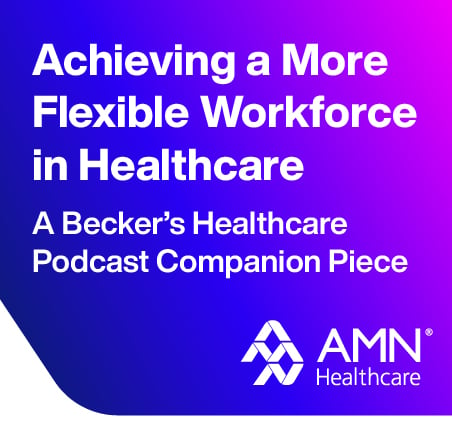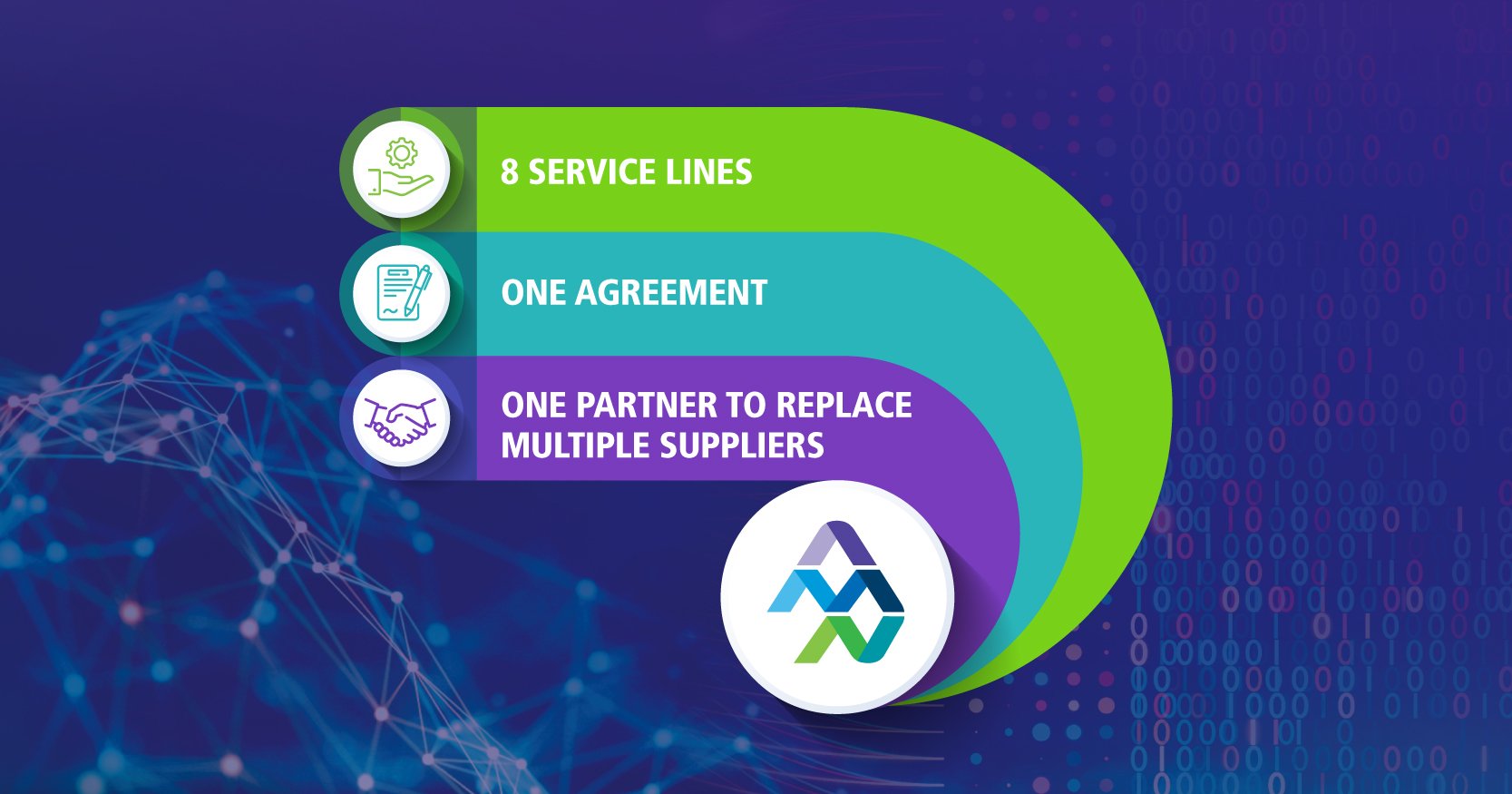
Proven Workforce Strategies for Healthcare Financial Stability
Healthcare systems face post-pandemic challenges like workforce shortages, revenue recovery, and care model transformation. Business intelligence and data analytics can improve revenue capture and savings, and strategies like revenue cycle solutions, physician placement, managed services, and predictive staff scheduling can help achieve financial goals.
Revenue Cycle Solutions
Quality measures, data accuracy, and revenue integrity are crucial in healthcare. Revenue cycle solutions simplify processes, boost efficiency, and enhance patient outcomes. Efficient documentation practices are linked to optimal clinical care, data quality, and proper reimbursement. Solutions are led by Clinical Documentation Integrity (CDI) RN professionals, CDI Health Information Management (HIM) professionals, and providers who enhance documentation practices.
Revenue cycle solutions support the bottom-line through:
- Identification of cost-savings opportunities.
- Improvements to operating margins by aligning front-end physician practice management with back-end billing.
Permanent and Locums Physician Placements
Staff shortages can lead to delays in treatment, long wait times, and physician burnout. A Physician Solutions partner can help by managing placements, licensing, credentials, and clinical support.
Physicians play a crucial role in determining how healthcare dollars are spent through their services, and having the right physician available can help generate revenue. The best physician placement partner is needed to find the right fit for a permanent physician position.
A proven physician recruitment approach includes:
- A thorough consultation to evaluate the opportunity and gauge the best fit.
- Deep pool of candidates in a variety of physician specialties.
- Comprehensive candidate vetting and screening.
- A highest search-completion ratio.
Managed Services & Analytics Program
A proven Managed Services & Analytics Program (MSAP) streamlines recruitment and deployment, optimizes talent, reduces costs, and improves patient and provider experiences. Flexible models offer staffing control and provider management.
An MSAP model differs from a traditional Managed Services Program (MSP) in its emphasis on workforce analytics. By integrating analytics with a managed services approach, healthcare leaders can make informed decisions on strategic workforce planning.
An effective MSAP analyzes core and contingent talent, clinical and non-clinical staff. It introduces technologies to support key processes such as vendor management, scheduling logistics, telehealth, and language interpretation for better care delivery.
An MSAP simplifies and streamlines:
- Management of vendors, agencies, and contracts.
- Candidate recruitment, selection, interviewing, and onboarding.
- In-house staffing pools.
- All related workforce processes, including billing, timekeeping, housing, and reporting.
Predictive Scheduling and Data Analytics
Staff shortages are best addressed through a holistic approach to staff scheduling. Advanced tools are available to predict staffing needs and identify understaffed areas. Predictive enterprise scheduling tools use advanced algorithms to forecast staffing needs up to four months in advance. These tools increase fill rates by accurately aligning schedules with demand as well as identifying open shifts in a cost-effective manner as shifts approach.
Measurable benefits of advanced forecasting capabilities and improved alignment with staff resources throughout the scheduling process include:
- Better core staff schedules (fewer cancelled shifts, core staff floating).
- Improved budgeting and resource planning.
- Reduction of “in-the-moment” staffing decisions and critical needs.
Learn more about our revenue recovery solutions or contact us at client.services@AMNHealthcare.com to learn what solutions are right for your organization.

Learn More About our MSP Programs
Latest News
AMN Healthcare’s Interactive 2025 Solutions Overview eBook
By combining innovative technology, an extensive network of clinicians, and unparalleled expertise, we help healthcare organizations overcome workforce challenges.
The Difference Between MSP and VMS and How They Work Together in Healthcare
Explore the differences between two crucial components that play a significant role in achieving healthcare organization goals, Managed Service
Can a Staffing Company Truly Offer Vendor-Neutral MSP Services?
Healthcare organizations face increasing challenges in balancing cost-efficiency with high-quality patient care. Vendor-neutral Managed Services Providers (MSPs) offer a critical solution—
What is a VMS in Healthcare and What Can It Do?
A Vendor Management System (VMS) is an internet enabled application that organizations use to procure staffing services from third party staffing suppliers.
What is an MSP in Healthcare?
A Managed Services Provider (MSP) helps healthcare organizations manage their temporary workforce by acting as an outsourced service that organizes and oversees these staff members.
Insights from Industry Leaders to Enhance Healthcare Workforce Well-being
Healthcare is at a pivotal point where addressing workforce challenges is crucial for sustaining quality care and operational efficiency.
Unlocking Workforce Potential: 6 Strategic Advantages of Partnering with a Consultative Managed Services Provider
Partnering with a consultative Managed Services Provider (MSP) is key to achieving this balance, as they bring the expertise to optimize your workforce strategy, reduce costs, and align
Transparency Equals Trust: The Power of Transparency in Healthcare MSPs
At AMN Healthcare, we recognize that earning and maintaining our clients' trust requires clarity and openness at every step of our engagement.











